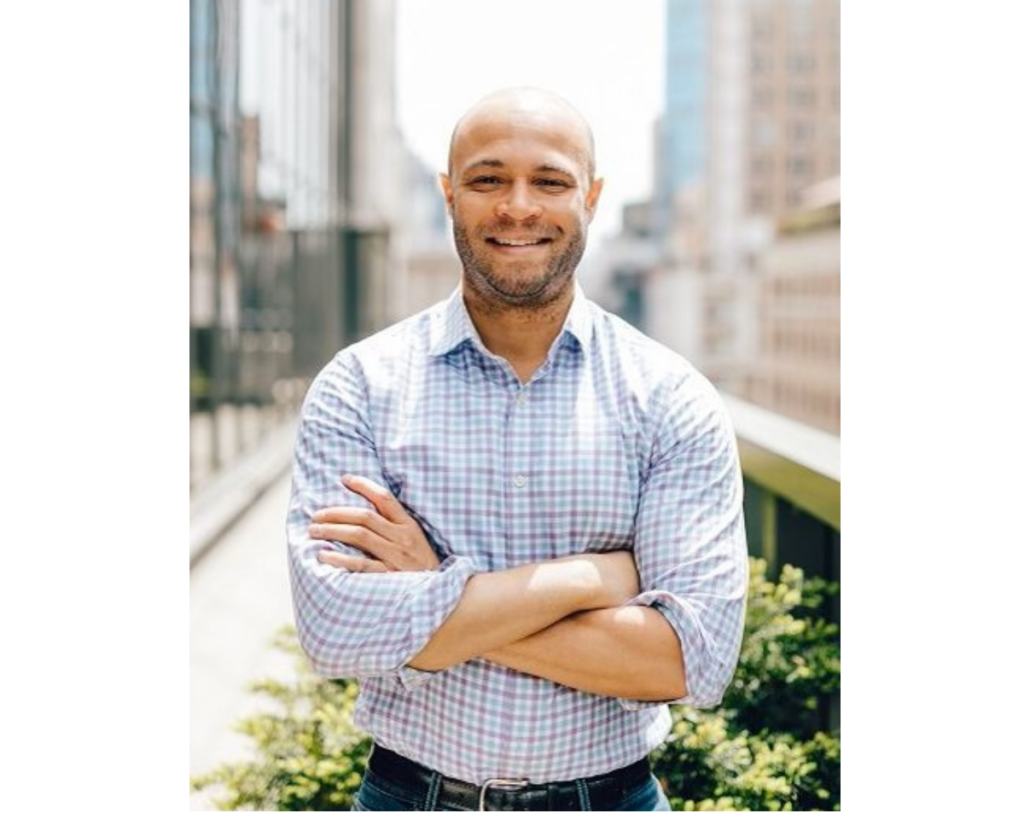Editor’s note: This article was written by Kwame Spearman, a candidate for an at-large seat on the Denver Board of Education. He is a Denver Public School graduate. He is also the son of a DPS teacher, principal, and administrator. Spearman is the owner of Tattered Cover Bookstores and serves on the Denver Public School Foundation Board.
Creating great schools for our neighborhoods can help solve our declining enrollment crisis.
Denver Public Schools (DPS) is facing declining enrollment across the district. Any serious school board candidate must have a vision to tackle this problem.
To be clear, prior to the 2022-2023 school year, the data suggested that DPS’ declining enrollment came from changing demographic trends in and around Denver, rather than flight from the district due to dissatisfaction. For instance, birth rates in Denver are down 18% over the past 13 years. Housing prices in Denver have doubled since 2012. And while Denver’s increasing population numbers are clear – especially to those weary of traffic, the city’s growth in residents has largely come from individuals over the age of 18.
Adjacent school districts have had similar issues. Ninety-four of Colorado’s 178 school districts experienced dips in enrollment in 2023. And some school districts are already acting on their declining enrollment. In November, 2022, JeffCo’s school board voted unanimously to close 16 elementary schools.
However, a vision that our neighborhoods deserve great schools can focus on ways in which the district can stymie declining enrollment – with an aggressive strategy and tactics that bring new students to the district. In many ways, the district needs a new vision as we emerge from the pandemic. I will continue to work on producing a new Denver Plan for our schools.
I believe schools are the lifeblood and heart of their neighborhoods. School closures, particularly, in DPS have been dominated by community anger and a feeling that these decisions are being done to the community, not with.
While the district will likely have to engage in closures (and I will have a clear plan on how to both decide and engage with the community later), we must first explore and implement ways to reduce our student loss.
As a school board member, I will pledge to focus on improvement and strategy that can increase enrollment and save our schools. Here’s how:
1) Parents who live in the boundary or enrollment zone of under-enrolled schools will be surveyed on their neighborhood school’s performance. Teachers will also be surveyed for their opinions.
- The surveys will seek to understand how the school is perceived by its community, in an effort to engage in strength and weakness analysis. For example:
- What are strengths that can be used to better market the school?
- What are growth opportunities the can result from erasing less than ideal perceptions?
- Is there a resource gap that can be fixed to produce positive outcomes?
- Each under-enrolled school will have an enrollment plan post survey analysis
- DPS will also leverage numerous channels to collect feedback, ranging from forums to emails to social media collection.
2) Recruit students who live in Denver, but are presently opting out of Denver Public Schools
Using the latest CDE data, we see that 15% of students (about13,000 in total) who live in DPS boundaries either leave the district through open enrollment for other Colorado districts or attend private schools.
- Before any school is closed, we will work with educators and the community to design school models that can either keep students in the district or bring them back from a private school.
- By listening to our families, we can learn and communicate with parents who are opting out to persuade them to change their decisions.
- E.g., we have high-demand programs in some parts of town, but other areas of the city lack access to program models like the fine arts, IB, or dual language.
- We will also leverage existing choice data to understand school types that have broader appeal throughout the district.
- Our goal is to convert 3,000 students to stay in DPS over the next three years.
- And then another 3,000 students the following three years
- Push DPS to better schedule the choice process to compete with deadlines for private schools
- Parents who can ensure their students are placed in DPS will accept spots before private schools slots are available
3) Recruit students to DPS
Presently, there are roughly 400,000 students who live in districts adjacent to DPS. Many of the parents of these students travel into Denver for work, shopping, and recreation – establishing a bond with the city. In addition, this year, close to 7,000 students living outside of Denver attend DPS – underscoring the potential for students to enroll in the district. DPS can and must do more to increase the number of out-of-district students enrolling in DPS schools.
We can achieve greater share through:
- A partnership with RTD and the City and County of Denver that provides the transportation infrastructure to help students from out of district get to identified schools – especially those along the district boundary lines.
- The district will create a separate choice process for out of district residents to:
- Create a better user experience
- Market DPS options
- Target under-enrolled schools
- Offer incentives to teachers and city workers who live outside the city to bring their students in-district
- E.g., Incentives around after-school support, choice, and other enticements.
4) Bring students back to DPS
Largely due to gentrification and other forms of displacement, an estimated 2,000 students annually leave DPS. The loss is problematic for two reasons. First, due to aforementioned effects of student enrollment, the decrease heightens the potential for school closures and creates budgeting problems during the academic year.
An equally important consequence is that a student’s academic improvement is more likely to stall each time that individual changes learning environments – particularly during the school year. Therefore, the district should:
- Improve communication with parents who are contemplating leaving a school due to a household move
- Invest in transportation options to ensure current students who relocate to nearby areas can continue at their original school
- Leverage transportation improvements to recruit students in-district
- Market how parents can keep their kids within a school even after moving.
5) Elevate athletics across the district
Student athletics have always created neighborhood pride and the potential to improve academic outcomes. Athletics can also be used as a recruitment tool to attract students of all ages to particular schools. DPS should identify under-enrolled schools and create plans to elevate sport programs.
- Schools struggling with under-enrollment will be eligible for private partnerships to ensure enhanced resources to promote athletic excellence
- DPS should begin recruitment from regions outside of the district
- These schools will compete across the district, state, and country – receiving resources to do so –club level athletics that have robust travel schedules, especially during the summer.
- Ultimately, these schools will be marketed as feeder programs into collegiate programs
We can decrease the pressure on the district to close schools and cut resources by ensuring our neighborhoods have great schools. Through our great schools, we can entice families that have either left or decided to stay away to enroll in the district. However, to accomplish this feat, we’ll need to prioritize the right conversations. As Boardhawk has shown, we’re not there presently.
My candidacy is focused on a vision that refocuses our collective conversation to positive student outcomes, great neighborhood schools, and a supportive environment for our teachers. Let’s get students succeeding in our classrooms and more families will return to DPS.




